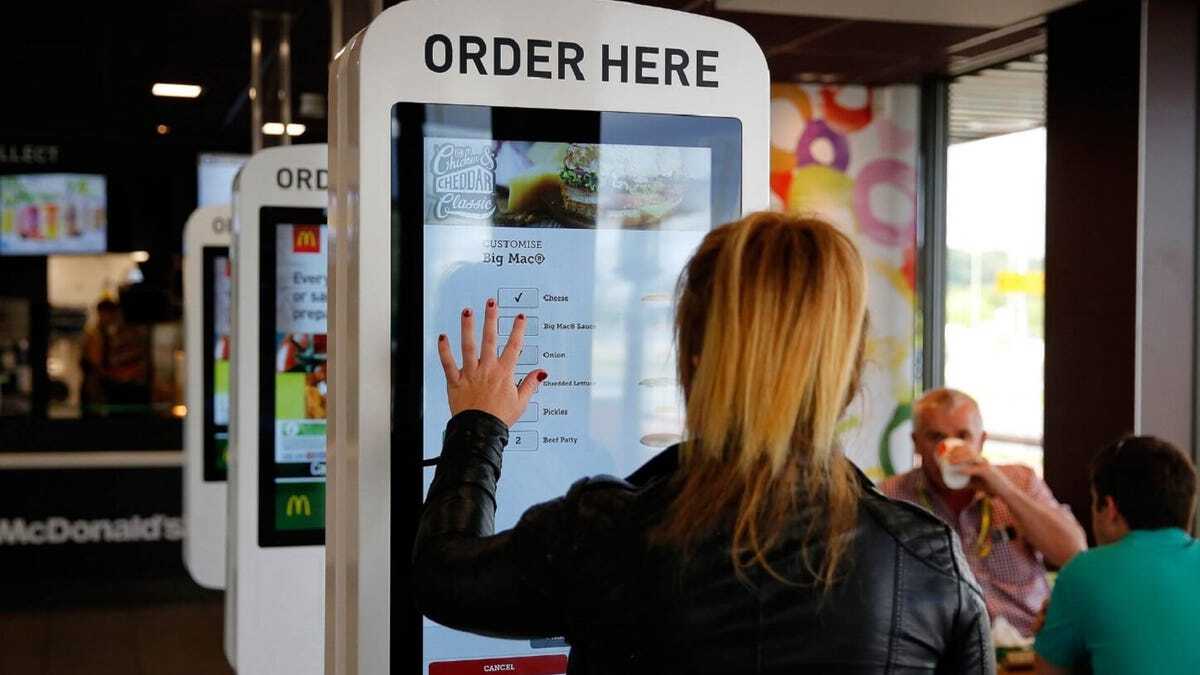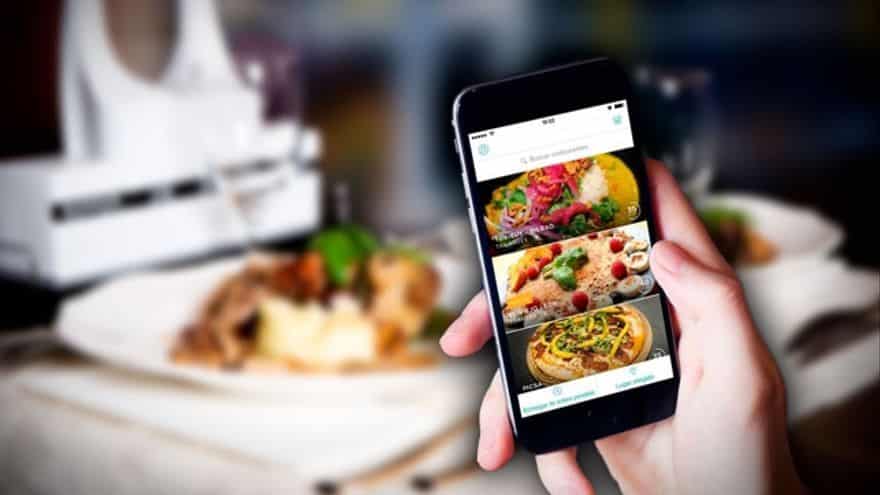The beginning of the end of the coronavirus crisis: what now?
The coronavirus pandemic has caused a serious crisis, not only in terms of health but also in economic terms. For months, the country’s restaurateurs have suffered the worst consequences of a severe recession that has led to the closure of numerous bars and restaurants, some of them very emblematic.
More than a year after that first state of alarm, our hotel and restaurant owners are working to rebuild what was once destroyed. It is clear that this reconstruction cannot be limited to the model used before the crisis. Innovation becomes the key to this reconstruction process. Likewise, new technologies and digitalisation are positioned as the spearhead of this innovation.

Customers and hoteliers: a common goal
It’s happened to every restaurant owner, we’ve all seen it in Kitchen Nightmares. The restaurant is full. The tables start to fill up and chaos and stress take over the staff. But it’s not just the staff who suffer. So do the customers.
It is well known that the main objective of someone who goes to a restaurant is to feel as comfortable and relaxed as possible, while enjoying a delicious lunch. This is also the aim of the hotelier: to provide the best possible customer service to make them feel at home. However, this is not always possible. The lack of staff and the massive arrival of customers at the busiest times of the day work against the objective that both the hotelier and the customer have in common.
On many occasions, customers have to wait for a long time to be served by the waiter, causing a great irritation in their moods. Likewise, the presence of a large number of tables to wait on leads to errors in the orders and the consequent misunderstandings with the customer and the kitchen service.

Ultimately, the atmosphere becomes chaotic and confusing. Employees suffer from the stress of the situation and diners do not enjoy the culinary experience they were expecting. As a result, they don’t end up ordering what they really want and end up thinking that the service is bad and that the restaurant is not worth it. The consequence: your place gets a negative reputation. A negative reputation that, with the right use of the tools offered by new technologies, can be turned into a positive one.
Table-side ordering and payment: the most efficient way to improve customer service.
Digitalisation brings with it a large number of tools that can be very useful for the hospitality industry. Among them, the possibility of customers being able to place orders and make payments from the table, using their mobile phone and without having to wait for the waiter’s attention or leave their seat.
Banzzu, among all the functionalities it offers to restaurateurs, many of them free, offers this new trend of a complete ordering and payment service from the table, totally free of commissions and complications.
But… where does it all come from?
Technology is advancing and is integrated into all aspects of society. However, every technological advance requires a settling-in period and needs a gradual process to become fully established. Although it is only now that table-top ordering and payment has become a trend, its birth and gradual emersion began eleven years ago. One of the pioneering countries in this type of technology is Japan.
In 2010, a restaurant in Tokyo already had an ordering and payment option that customers could order and pay from their own table. The system was simple and intuitive: each table had a tablet connected directly to the kitchen service. The tablet functioned like a conventional menu (it included all the dishes) but with the improvement that, through it, the customer could place orders autonomously, without having to wait for a waiter.
At the same time, Australia also opted to implement this system. Many restaurants in the capital (Sydney) integrated an iPad into their tables as a virtual menu, allowing the customer to order directly, without intermediaries.
But we do not have to go beyond our borders to observe the initiation of this type of technology. One of the pioneering Spanish restaurants in the system of ordering and payment from the table is ‘Etxanobe’, in Bilbao. In 2010, the famous Basque restaurant integrated an iPad in its premises offering a virtual and interactive menu.
In recent years, table-top ordering and payment has become a trend in large restaurant chains such as McDonald’s and Burger King, among others. These fast-food restaurants have several screens in their premises through which you can order and even personalize your order.

And now, the technology company Banzzu, wants to take it a step further, making it possible not only from the iPads that the restaurant offers, but from the same smartphone of each diner, connecting it with the kitchen easily through unique QR codes per table.
Ordering and payments from the table: upward trend in 2021
As discussed above, the coronavirus crisis has radically changed the way societies relate to each other. One of the sectors that has been most affected by covid-19 is the hospitality industry.
Restaurants have always been conceived as places for socialising and interaction between citizens. However, the measures imposed to control the spread of the disease have changed the socialisation processes in restaurants. Customers now seek as little contact as possible with anyone outside their immediate social circle, and this is here to stay….
Everything changes with self-service technology. Customer ordering and payment is simplified into an intuitive and simple process, through our most essential complement: the mobile phone.
Banzzu offers a commission-free table-top ordering and payment service. The customer, through their mobile phone, has access to the restaurant’s menu and with a simple ‘click’, the kitchen service receives the order directly, without the need for the intervention of a waiter in the process. At the same time, in the same interface, the customer can make the payment. All in a very intuitive and personalised way.

Benefits of the table-top ordering and payment system
Like any technology, this system offers great advantages:
- Increased table turnover. The entire process is carried out instantaneously. The customer does not have to wait to be served, thus reducing waiting times and increasing efficiency.
- Impulse ordering: By having the menu available on the mobile and being able to order from the same device, what is known as “impulse ordering” is created. This means that the user, unconsciously, ends up ordering more than by traditional methods, with the consequent increase in the average ticket of each customer.
- Increased profits. The reduction in waiting time, the optimization of table rotation and ‘impulse ordering’ have a direct and positive impact on profits.
- Cost savings. One of the main benefits of this technology is the possibility of dispensing with part of the table staff, with the consequent cost savings.
Accuracy. It is only human to make mistakes. It often happens that the waiter makes a mistake when placing the order or simply forgets some of the orders. With the ordering and payment system from the table offered by Banzzu, any error in the order will be a thing of the past.

It is clear that the table-top ordering and payment system offered by Banzzu, which has become the upward trend of 2021, is one of the most efficient solutions to the pandemic crisis in the sector.
Banzzu offers a commission-free service, which allows for lower costs, a better customer experience and a considerable increase in profits.

